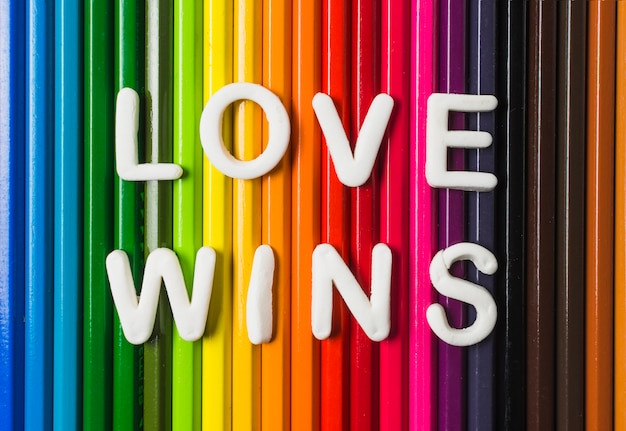Fascinating Facts about Rainbows

Rainbows are beautiful optical illusions created by the refraction and reflection of light in water droplets.
Despite their appearance, rainbows are actually full circles, but we mostly see a semicircle due to the horizon blocking the bottom part.
Rainbows have seven colors: red, orange, yellow, green, blue, indigo, and violet.
The order of colors in a rainbow is always the same, starting with red on the outer edge and ending with violet on the inner edge.
Double rainbows occur when light is reflected twice inside raindrops, resulting in a secondary, fainter rainbow outside the main one.
Rainbows can also form at nighttime, known as moonbows, when the moon’s light creates similar conditions to the sunlight.
Rainbows are not physical objects; you can never reach or touch one as they always appear to be moving as you move.
In Norse mythology, rainbows act as a bridge between the mortal world and the realm of the gods.
Different cultures have different beliefs about rainbows, ranging from signs of good luck to otherworldly portals.
Rainbows can occur over waterfalls, fountains, or any other source of water droplets in the air.
The Greek philosopher Aristotle was one of the first to study rainbows and explain their formation.
Rainbows were often considered magical or divine phenomena throughout history.
The shape and intensity of rainbows can be affected by the size of water droplets and the angle of sunlight.
Fascinating Facts about Rainbows part 2
A fogbow is a type of rainbow consisting of only white or colorless bands due to smaller water droplets.
Supernumerary rainbows can sometimes appear as additional, fainter bands within a rainbow.
Rainbows can also be observed in forms of mist or spray, such as from waterfalls or ocean waves.
It is impossible for two people to see the exact same rainbow as each observer’s perspective is unique.
Leonardo da Vinci made detailed studies of rainbows and accurately explained their formation.
Rainbows symbolize hope, beauty, and diversity in many cultures around the world.
Indigenous Australian mythology speaks of a rainbow serpent—a powerful deity associated with rain and fertility.
Rainbows often appear after rain because raindrops act as tiny prisms that refract light creating the desired optical effect.
Rainbows are seen differently depending on the observer’s position, making them subjective and unique experiences.
A rare and stunning occurrence known as a fire rainbow happens when high-level cirrus clouds align with the sun.
The first documented description of a rainbow dates back to ancient Babylonian civilization.
Rainbows can also be seen in the spray created by sprinklers or lawn hoses on a sunny day.
The phenomenon of rainbows has been used in mythological tales, fairy tales, and many works of literature.
The width of a rainbow is approximately 1 degree, making it appear narrower as it stretches towards the horizon.
The first primary rainbow begins at an angle of approximately 40 degrees above the horizon.
The ideal time to spot a rainbow is when the sun is low in the sky, around early morning or late afternoon.
Some cultures believe that finding the end of a rainbow leads to great treasure or fortune.
Rainbows can be seen from space, and astronauts have shared amazing pictures of them from aboard the International Space Station.
A rare phenomenon called a twinned rainbow occurs when two separate rainbows share a common reflection.
The study of rainbows is called rainbowology and is a branch of meteorology.
Rainbows can also form in the spray produced by waterfalls, creating a breathtaking natural display.
Rainbows can be observed in other transparent materials, such as glass, when light is refracted and reflected.
The Bow Bridge in New York’s Central Park is named after its resemblance to a rainbow.
Irish folklore suggests that leprechauns hide their pots of gold at the end of rainbows.
Rainbows can appear as perfect circles when observed from high altitudes, such as from an airplane.
Rainbows have inspired numerous works of art, from paintings to music and poetry.
The colors of a rainbow blend seamlessly into each other, representing harmony and unity.
Some cultures consider seeing a double rainbow as a sign of upcoming significant changes in one’s life.
In Hawaiian mythology, rainbows are considered a bridge between the physical world and the realm of the gods.
The science behind rainbows was explained by the Persian polymath, Ibn al-Haytham, in the 11th century.
The song Somewhere Over the Rainbow made famous by Judy Garland in The Wizard of Oz has become an iconic representation of hope and dreams.
Rainbows often appear after a storm, representing the beauty that can come after difficult times.

